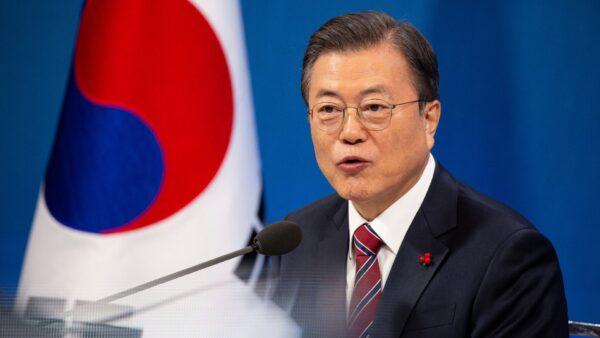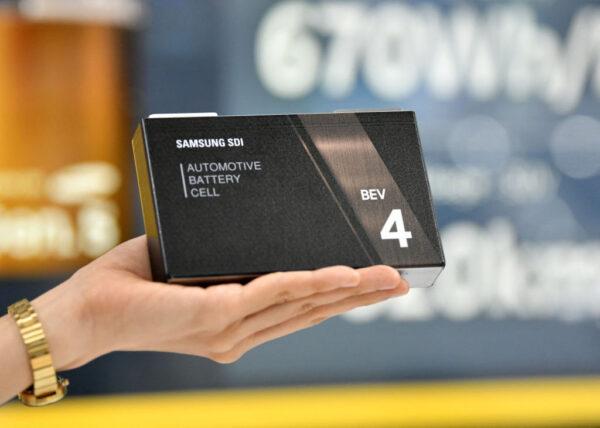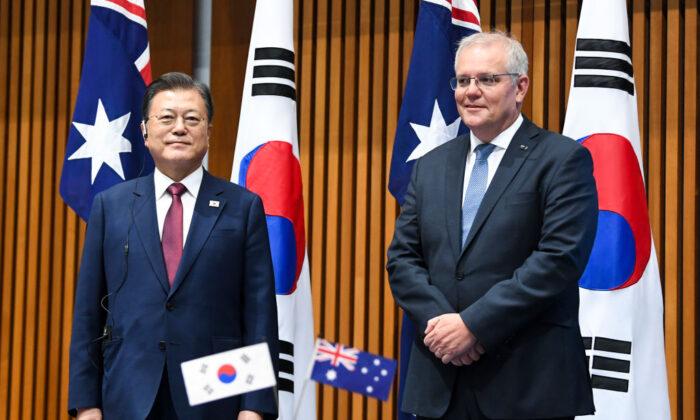South Korea is making a beeline for Australia’s vast critical mineral deposits in a bid to reclaim the throne as the world’s biggest electric vehicle battery maker.
But South Korea has also made it clear that Australia will play a vital role in helping the Asian nation reach the top of the billion-dollar battery market after China stole the spot in 2021, with Australia already making up 40 percent of South Korea’s critical minerals imports.
“Australia, the world’s richest country in mineral resources, and Korea, a major producer of batteries and electric vehicles, play an important role in the global supply chain,” Moon said on Dec. 13.

To tackle this, South Korea joined Australia in signing a memorandum of understanding (MOU) for cooperation in critical mineral supply chains on Dec. 13, with Australia boasting one of the biggest reserves of rare earths, lithium, graphite, cobalt, and nickel—critical ingredients in the production of batteries.
Australia currently holds over 25 percent of the world’s known lithium, and more than 20 percent of both the world’s cobalt and nickel reserves.
“Our two countries share the view that establishing a stable mineral supply chain is important not only for the two countries, but also for the global economy,” Moon said.
Moon outlined earlier this year that South Korea would strive to become a global battery manufacturing powerhouse by 2030, part of a plan to be carbon neutral by 2050, while also surpassing Chinese supply.

The South Korean government has promised incentives and tax breaks for its domestic battery industry, spurring on $35.4 billion of investment from the country’s three big players: LG Energy Solution Ltd., Samsung SDI Co., and SK Innovation Co.
In Australia, Prime Minister Scott Morrison took the opportunity to highlight Australia’s commitment to reaching net-zero emissions through a “technology, not taxes” approach, with the move forming one of the first dialogues in the Australia-South Korea low emissions technology partnership announced in November 2021.
Other initial technological focuses will include green hydrogen—made by passing electricity generated from renewable energy through water—along with low emissions iron ore and steel, and carbon capture and storage.





